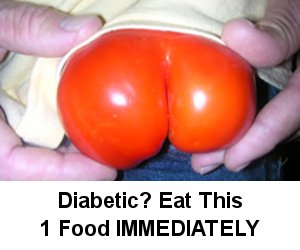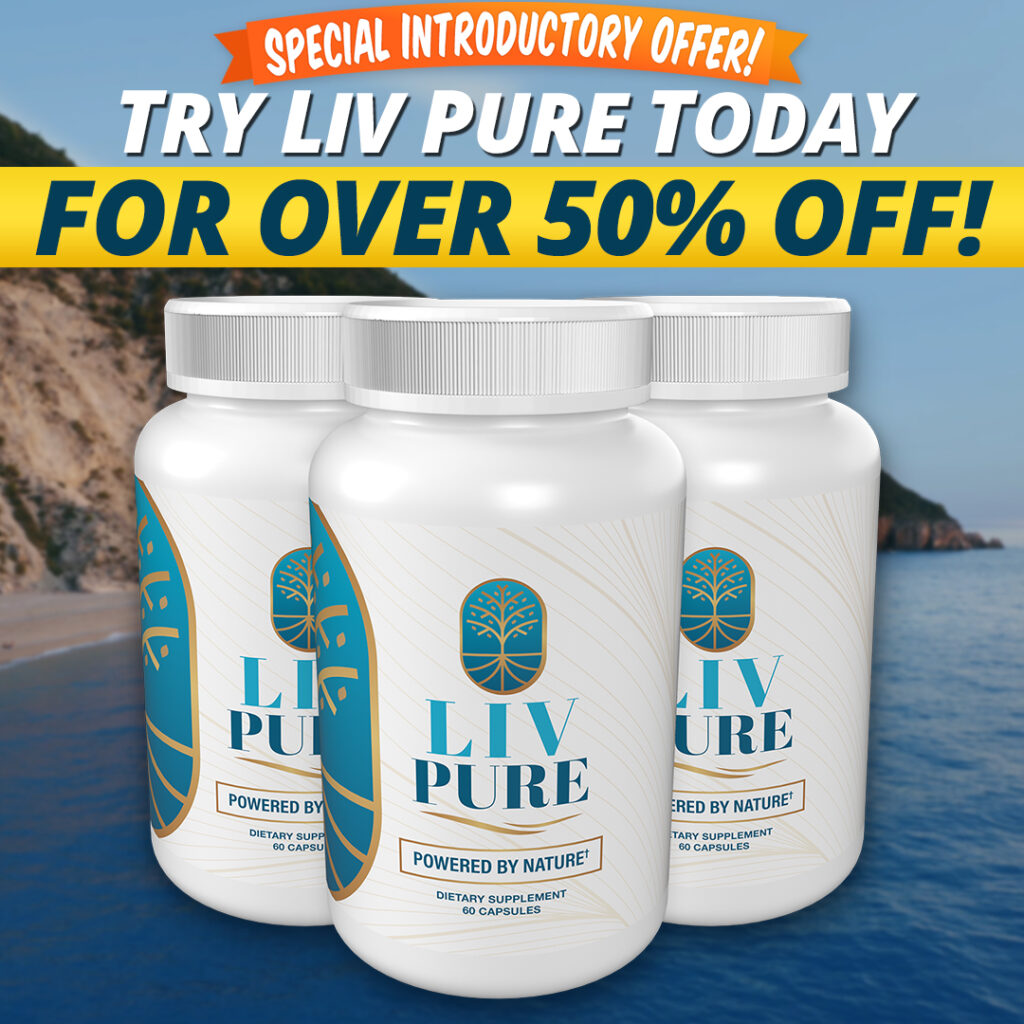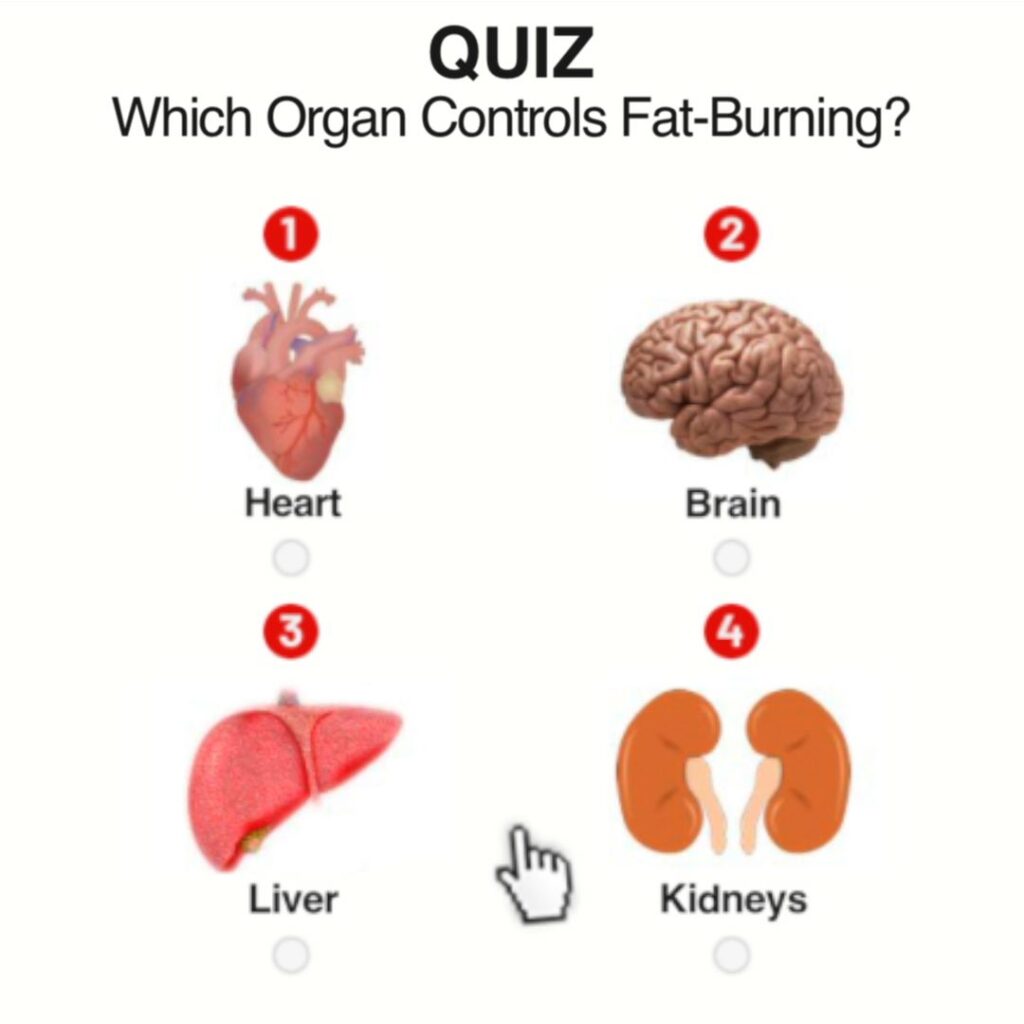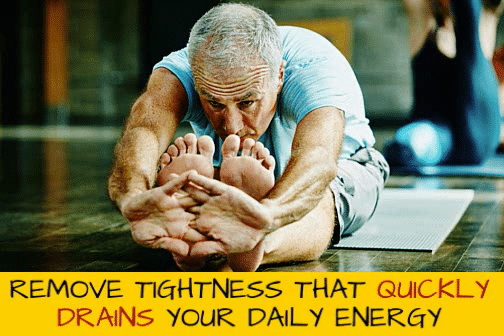If losing weight and looking better isn’t enough motivation to inspire you to exercise, how about the fact that the latest research shows that regular physical activity may be “the best preventive drug we have” for many health problems.
Studies show that exercise reduces the risk of early death, helps control weight and lowers the risk of heart disease, stroke, type 2 diabetes, depression, some types of cancer, anxiety disorders, cognitive decline and hip fractures. It can help improve sleep, memory, concentration and mood.
Recent research has added benefits to the list. One study found that supervised exercise may help relieve treatment-related pain among some breast cancer patients. Another study showed physical activity may be as effective as medication in preventing early death in people who’ve had heart attacks or strokes.
Exercise “works from tip to toe, and it prevents and in some cases treats the most common diseases we see in America,” says Jordan Metzl, a sports-medicine physician at New York City’s Hospital for Special Surgery and author of The Exercise Cure. “Exercise is the best preventive drug we have, and everybody needs to take that medicine.”
Timothy Church, a physician and director of preventive medicine research at the Pennington Biomedical Research Center in Baton Rouge, agrees. “Exercise strengthens the entire human machine — the heart, the brain, the blood vessels, the bones, the muscles. The most important thing you can do for your long-term health is lead an active life.”
Physical activity is a mental and emotional game changer, adds Tony Horton, the creator and star of the popular P90X exercise DVDs, including the new P90X3, a 90-day program that offers a variety of high-intensity 30-minute workouts. “I can’t tell you how many people are off their meds because they exercise regularly. Fit, healthier people are more productive, happier folks,” he says.
Only about 21% of adults in the USA meet the government’s recommendations for aerobic and muscle-strengthening exercise, recent federal data show. Other research indicates that people are less active than those statistics suggest. Scientists with the National Cancer Institute, using motion sensors, found that fewer than 5% of adults in the USA get at least 30 minutes a day of moderate-intensity physical activity in bouts of at least 10 minutes.
The government’s physical activity guidelines advise getting at least 2½ hours a week of moderate-intensity aerobic activity such as brisk walking, or one hour and 15 minutes a week of vigorous-intensity aerobic activity, such as jogging. Plus, the guidelines recommend that adults do muscle-strengthening activities, such as push-ups, sit-ups and/or lifting weights.
Walking is the most common exercise, but many people could stand to pick up the pace. Metzl suggests making sure you get your heart rate elevated during the walk which may mean doing a few jumping jacks every few blocks or weaving in some short bouts of running.
Some accelerometers and step counters measure intensity, Church says. “The goal is a pace greater than 100 steps per minute.”
Everyone has a different reason to be motivated to exercise, but most people need to get a plan or program that they can stick with, Metzl says.
Horton agrees that having a plan is important. Often people “care too much about the mirror, scale and tape measure, and when they don’t change at the speed they anticipate, they quit. They expect tremendous results in an unrealistic amount of time. I talk about consistency, purpose and a plan. If you are consistent with your exercise, you’ll thrive.
“If you want to thrive, you have to be consistent, and you have to have a plan. Surround yourself with like-minded people. I am someone who exercises with someone else most of the time. There is someone in the room who challenges me, whose company I enjoy.”
You have to “do your best and forget the rest,” Horton says. “Your best is going to change from day to day. Some days you’re going to have plenty of energy, and some days your only job is to show up to exercise and do something, even if it’s only 15 minutes,” he says.
If you’re resolving to shape up for the New Year, exercise is one part of the equation. Diet is the other.
Metzl says his food message is simple. “If it occurs in nature, eat it, and if it doesn’t expire until 2020, don’t eat it. Try to eat food that is naturally occurring as best you can — vegetables, grains, proteins.”
Horton also recommends getting back to basics. “Keep food simple and natural.”
For dinner one night recently, he ate grilled chicken, sauteed tomatoes, a green salad and tomato soup. “My great-grandparents would recognize that meal. But some people are sitting down to a bag of Doritos and a Red Bull. That’s not something they’d recognize. Food should come from the farm and not from the factory. Too many people are reaching into bags and boxes for quick, easy calories. They’re addicted to fat, sugar and chemicals.
“The two things you control are what you eat and whether you decide to exercise. Those two things will change your life.”
Original post found at: http://tucsoncitizen.com/usa-today-news/2013/12/29/want-to-shape-up-for-the-new-year-heres-how-and-why/P.S. Like Tony Horton of the P90X program says, “I can’t tell you how many people are off their meds because they exercise regularly.” How many different medications are you using?
.P.S Let me show you how to reduce or eliminate expensive medications. Visit exercises for diabetics today or click on the link above right for more information.






